Do you ever wonder where that terrifying rustling noise in the nearby bushes during your forest walks originates from? The one that makes your heart skip a beat and you think in your mind “This is it, it’s finally happening”? The culprit is pulled straight out of a nightmare with its blood red eyes, a jet black coat covered in white spots, and a screech that ressembles that of a dying cat. It can always see you but by the time you see it, it’s already too late. Did you guess yet? Meet the Spotted Towhee.
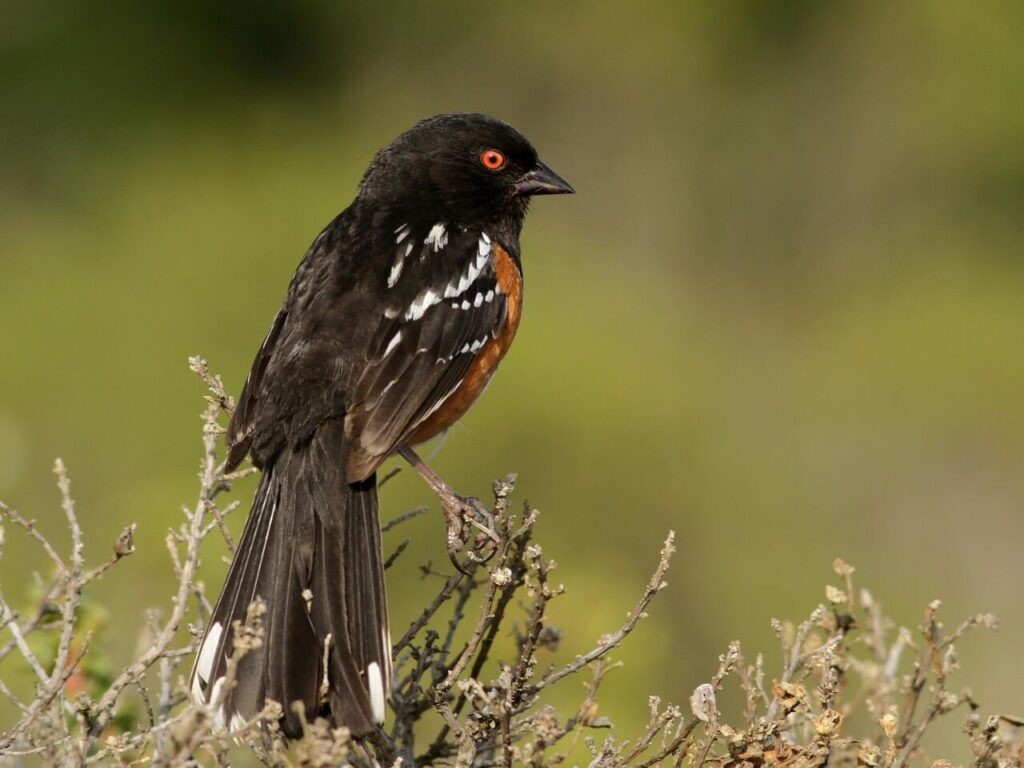
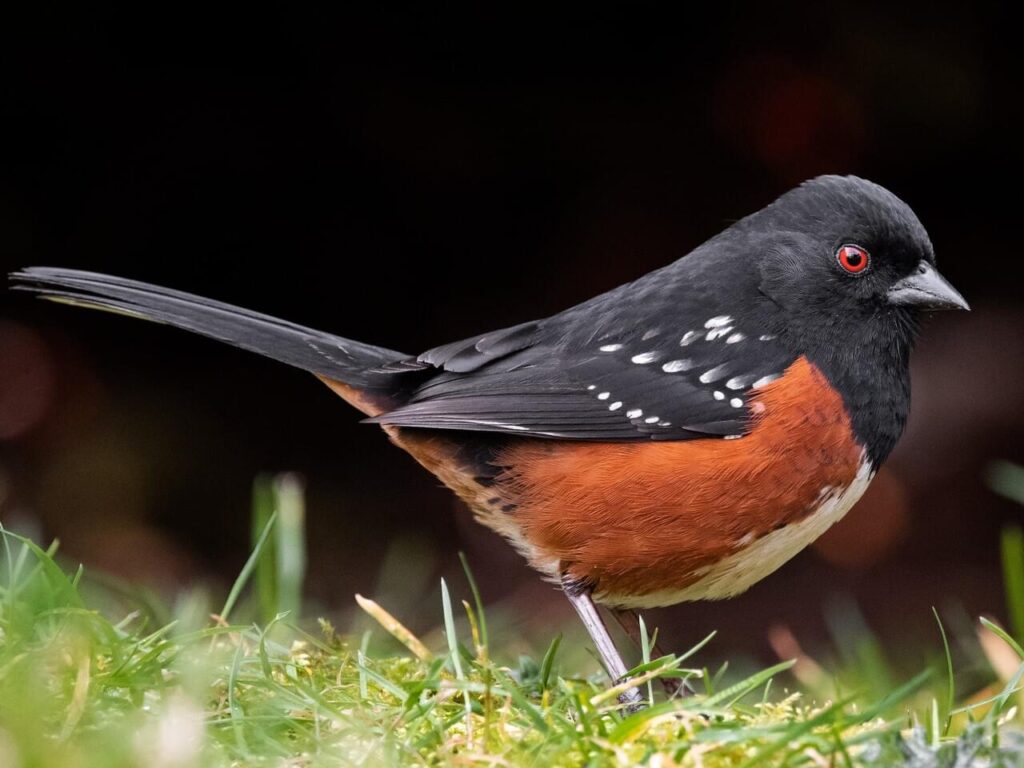
TAXONOMY
- Class: Aves
- Order: Passeriformes
- Family: Passerellidae
- Genus: Pipilo
- Species: maculatus
IDENTIFICATION
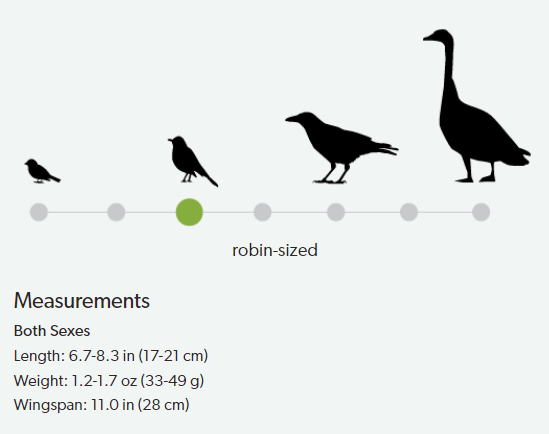
The Spotted Towhee is a robin-sized sparrow with a chunky body, a thick bill, rounded tail, and a short stumpy neck. They are usually heard before they are seen as they hang out closer the ground. Adult males have black upperparts that are spotted white, rufous sides, and a white belly. Females look similar, however their head and back is more brown-ish. Juveniles are heavily streaked and are brown in color (All About Birds).
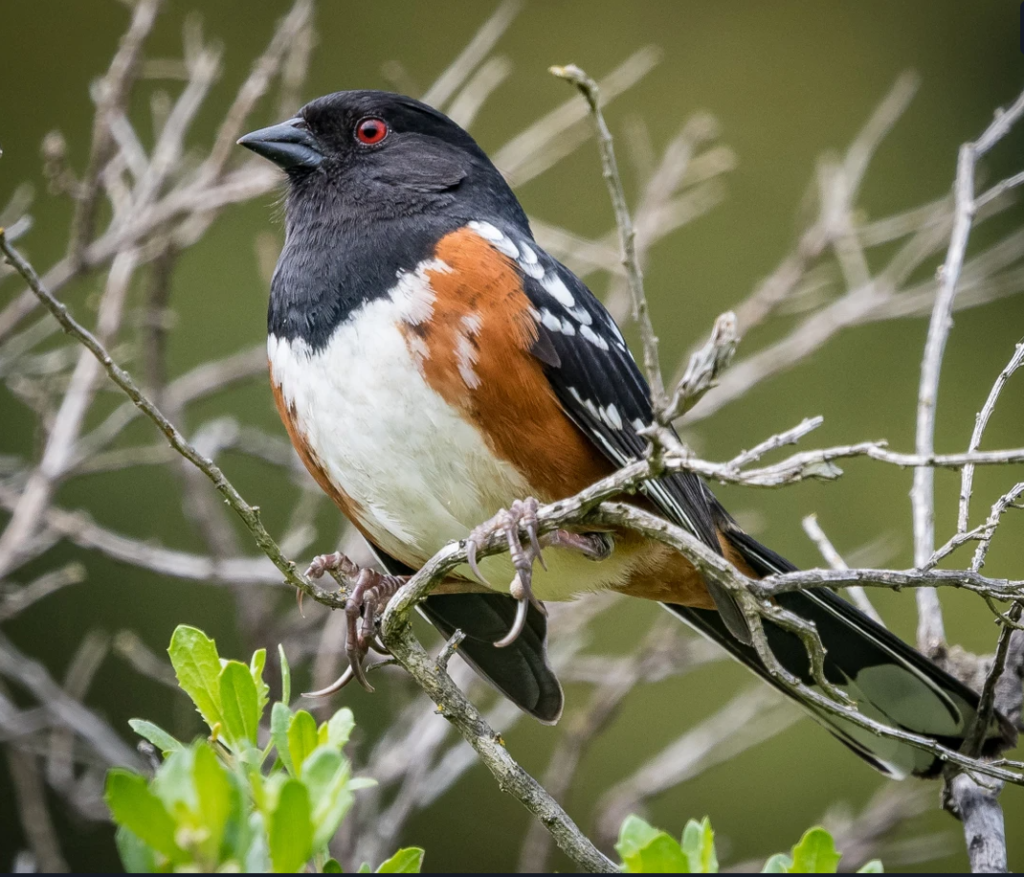
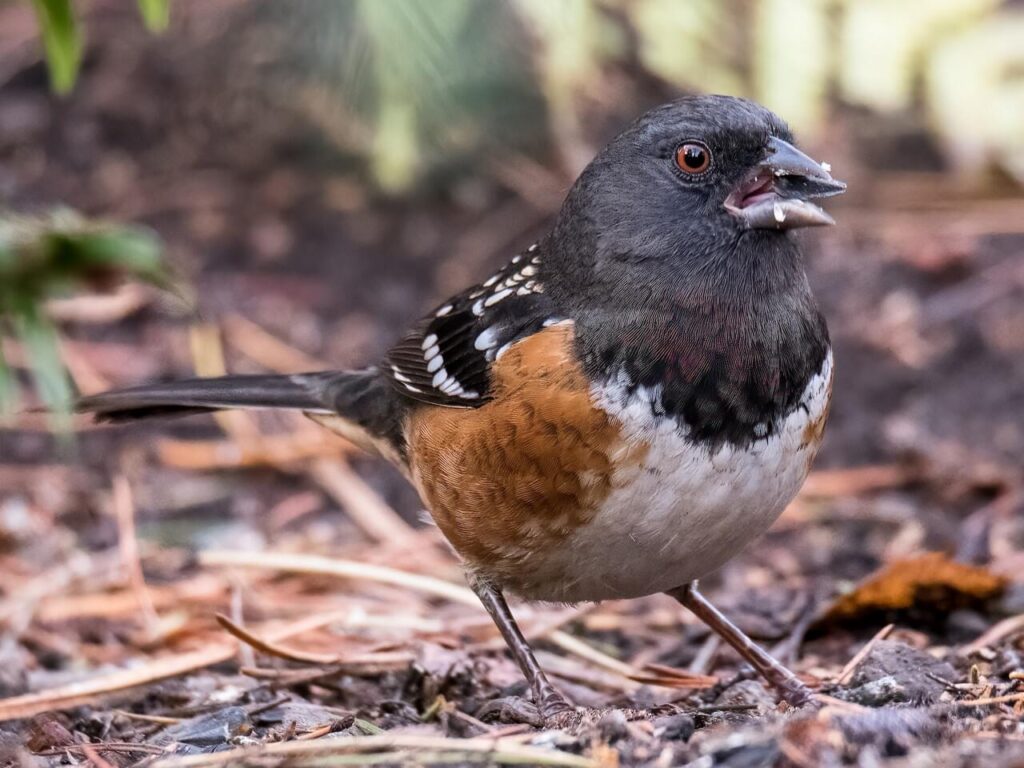
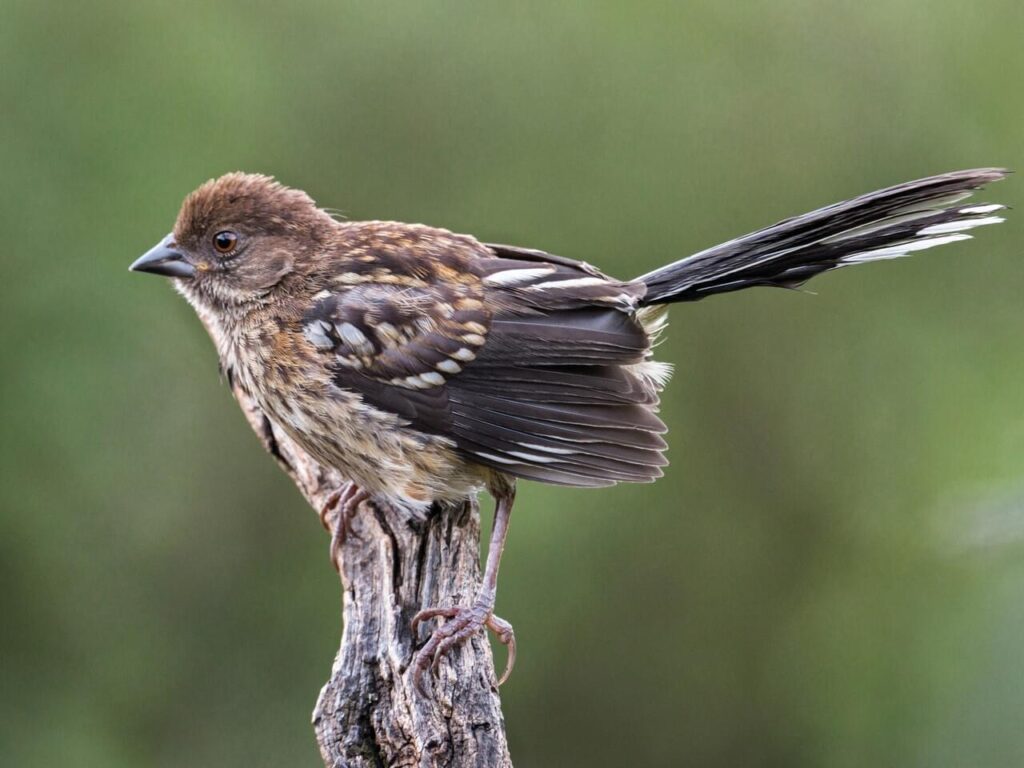
Pictures from left to right: Breeding male, immature female, juvenile.
Spotted Towhees have a distinctive call that is often decribed as the mewing of a cat. Like most other birds however, they have a song to attract females that sounds much nicer than their usual screech. Their song varies geographically in between the Pacific northwest variant, Great Plains variant, and Southwestern variant (Sibley, 2016). All variants have one thing in common when it comes to their song; it starts with 0-8 identical introductory notes and finishes with a harsh, rapid trill.
The song of a Spotted Towhee. Note the 2 notes followed by the rapid trill.
HABITAT AND DISTRIBUTION
The Spotted Towhee might be a master of stealth but don’t let that fool you as they are very numerous. Based on the 2019 partners in flight survey (Canada.ca), there is an estimate of 5 000 000 – 50 000 000 adults in the wild. Spotted Towhees love dense, shrubby areas that offer shelter and concealment. However, it is not unusual to spot them around forest edges and trails, old fields, and even using your bird feeder in the backyard (All About Birds)!
Spotted Towhees are short-distance migrants, meaning they will usually be found in the same areas year-round whether they are breeding or non-breeding (Canada.ca). The map on the right depicts where you are expected to find them during different times of the year. Note that they mostly breed in South-Western Canada and across most of central and western side of the United-States, and sometimes migrate short distances southbound during winter (Audobon.org). Their distribution overall is limited to the south-western parts of Canada and they are ubiquitous in central and western United-States.
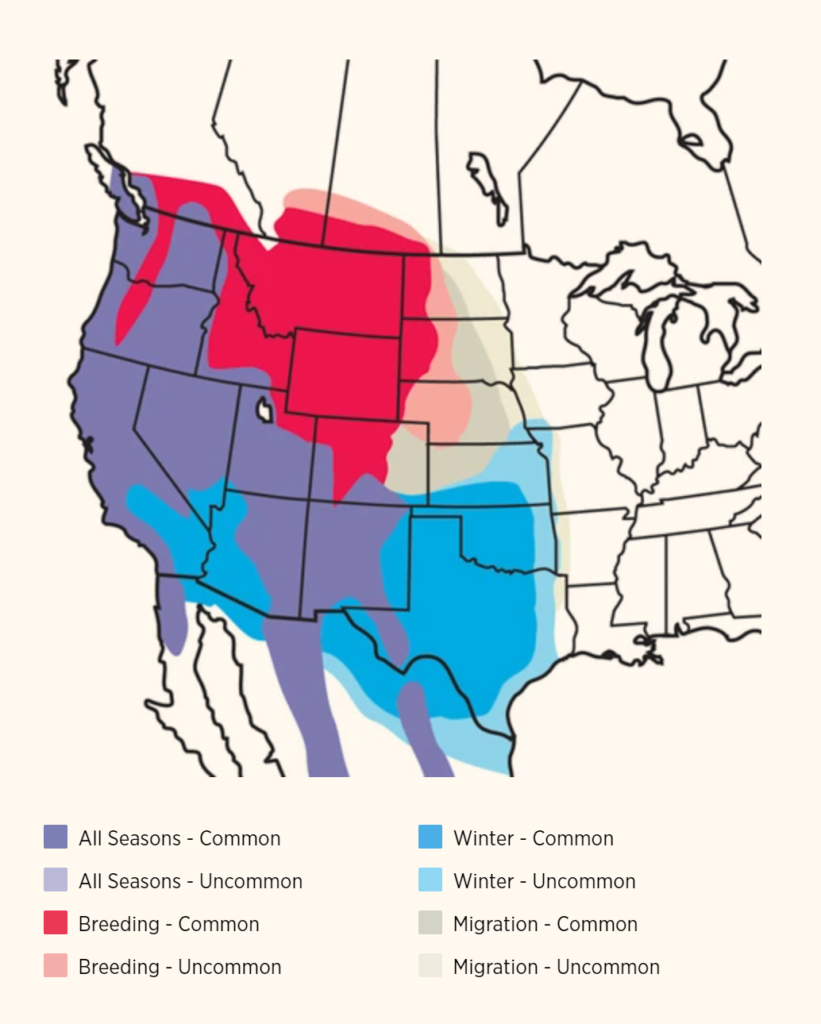
DIET AND BEHAVIOR
Spotted Towhees are omnivores, meaning they will eat both vegetation and other small organisms like insects. They are usually found on the ground rummaging through dead leaves and plant matter looking for insects. Towhees use a characteristic two-footed backwards hop to move the leaf litter around and hop on their helpless prey once uncovered. They will usually stick to areas with Coast live Oaks and thick overhead screening while foraging (Davis, 1957) but will sometimes be seen on roadsides and forest edges as well.
Video: An Eastern Towhee (close relative) showing off its amazing foraging techniue: the two-footed kickback. (credit: Jean Iron)
During breeding season Spotted Towhees will feast on most insects including ground beetles, weevils, ladybugs, darkling beetles, click beetles, wood-boring beetles, crickets, grasshoppers, caterpillars, moths, bees, and wasps. Other leaf-litter arthropods such as millipedes, sowbugs, and spiders are taken as well. During the fall/winter months is when they will change their diet towards seeds and berries (All about birds).
FUN FACT
Sometimes food comes at a price, and conflicts between two Towhees foraging the same ground is a common occurrence. They will usually enter physical conflict and release warning calls until one Towhee is crowned winner. An interesting observation is that the losing Towhee will pick up a piece of leaf or branch and wave it in resignation much like we do with a white flag! (All about birds)
NESTING
Female Towhees will build a nest on the ground or close to it, but there are instances where Towhee nests were found up to 16 feet high (Small, 2005). The nest structure is comprised of dry leaves, branches, and bark strips. The inside of the nest will be filled with dry material like pine needles, leaves, and grasses (All about birds). Clutch sizes vary between 2-6 eggs and a female can have up to 3 broods in a year. The eggs are incubated between 12-13 days and the nestling stage lasts between 10-12 days.
Spotted Towhee nests are prone to predation due to their close proximity to the ground. A study by Stacy L. Small in 2003 compiled 10 years of observations using cameras and listed the main predators that target Spotted Towhee nests. Small mammals like rodents were the main predators, followed by other birds and snakes. She also found that cowbird parasitism is another major factor of nestling mortality in Towhees. To reduce the chances of their eggs being predated on, Towhees will build their nests in very brushy areas or brace their nests between logs or rocks. A link to the study can be found here.

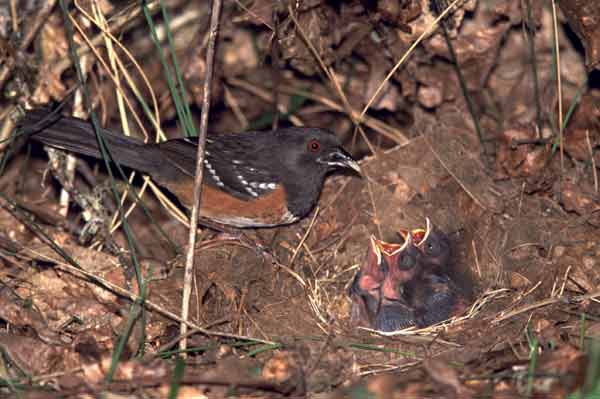
Picture 1: Spotted towhee nest showing the brown spotted eggs (credit: Nestwatch) Picture 2: Spotted Towhee female feeding her nestlings (credit: Noah Strycker).
CONSERVATION STATUS
Fortunately, the Spotted Towhee is not a species of concern in Canada. It’s population has been steady in the past years and it seems to adapt well with the increase in urban spaces. Urban development doesn’t seem to affect their habitat much as shrubs and bushes are common in gardens/backyards and usually colonize the forest floor quickly after a clear cut. Female Towhees that nest in urbanized areas like public parks and alongside forest trails actually had an increased success in clutch survival and more eggs than Towhees found further away (Smith et al. 2012).
The downside of increased urbanization however is the increased direct mortality of the Towhee by domestic cats, which is already the leading cause of direct bird mortality in the world (Loss et al. 2015). Around 204 000 000 birds are killed annualy in Canada by domestic and feral cats, and a whopping 2 407 000 000 birds are killed in the US for the same reason.
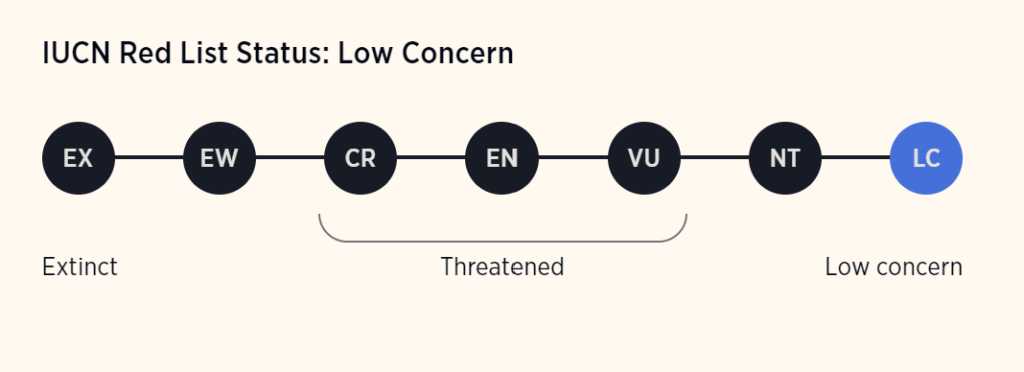
The Spotted Towhee is listed as secure by wild species canada and least concern by the IUCN (Canada.ca).
TOWHEE SCIENCE!
The microbiota of animals is a subject of research that has gained popularity over the recent years. Fitness of animals in the environment has often been attributed to the stability and composition of their microflora, but very few studies have examined the diversity of microbes associated with birdsand their effect on the birds health. Most of the studies on bird microflora have been done on domestic birds which are not representitive of the real world due to their altered diets and closed environements. Results from previous research has linked healthy microflora to optimal offspring growth, development, and expression of secondary sexual traits (Klomp et al. 2008).
The study by Jennifer E. Klomp et al. had two objectives using the Spotted Towhee as their model bird: quantify species richness of the bacteria inhabiting the cloacae of female Towhees and evaluate whether the diversity of bacteria carried by individual females was associated with body size, plumage quality and/or body condition. The richness of the microflora was found by DNA extraction followed by PCR amplification methods. Gels were then ran and analysed using a program dubbed gel 2K.
Results of the study showed that high microflora richness in Towhees was correlated with poor feather quality, lower body weights, smaller bills, and shorter tail feathers. It is still unclear why the Towhees with high microflora variety underperform in all these metrics when compared to Towhees with lower bacterial count, but the current hypothesis is that when bacteria concentration is too high, the birds immune system must work harder putting more stress on the bird and reducing the amount of energy poured into other bodily functions likee feather growth.
An interesting fact that came from this experiment is that Towhees that were observed at bird feeders had an increased size and feather quality even with a high microflora richness, leading the researchers to believe that the bacteria ingested and shared at these feeders are beneficial for the birds, or overeating anthropogenic food sources counter the effects of immune stress.
Link to the study can be found here.
CONCLUSION
Towhees are usually not a bird people are excited to see. More often then not, people who see Towhees will drop a smug comment arund the lines of “Oh, it’s just a Towhee”. I am hoping that after my blog you have developped an appreciation for this bird and next time you see one you think to yourself “WOW, what an amazing bird!”.
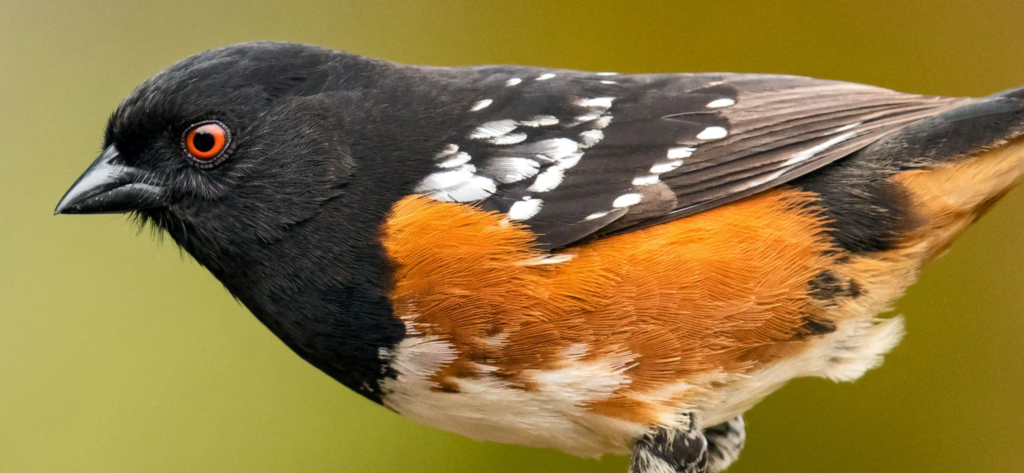
And rememeber, they are always watching.
REFERENCES
Davis, J. (1957). Comparative foraging behavior of the spotted and Brown Towhees. The Auk, 74(2), 129–166. https://doi.org/10.2307/4081708
Jack. (2020, May 10). Voluble discontent: The red-eyed towhee – nature in Novato. Nature in Novato. https://natureinnovato.com/2020/05/10/voluble-discontent-the-red-eyed-towhee/
Klomp, J. E., Murphy, M. T., Smith, S. B., McKay, J. E., Ferrera, I., & Reysenbach, A. (2008). Cloacal microbial communities of female spotted towheespipilo maculatus: Microgeographic variation and individual sources of variability. Journal of Avian Biology, 39(5), 530–538. https://doi.org/10.1111/j.0908-8857.2008.04333.x
Loss, S. R., Will, T., & Marra, P. P. (2015). Direct mortality of birds from anthropogenic causes. Annual Review of Ecology, Evolution, and Systematics, 46(1), 99–120. https://doi.org/10.1146/annurev-ecolsys-112414-054133
Sibley, D. A. (2014). The Sibley Guide to Birds, second edition. Alfred A. Knopf, New York, NY, USA.
Small, S. L. (2005). Mortality factors and predators of spotted towhee nests in the Sacramento Valley, California. Journal of Field Ornithology, 76(3), 252–258. https://doi.org/10.1648/0273-8570-76.3.252
Smith, S., McKay, J., Richardson, J., & Murphy, M. (2019). 11. edges, trails, and reproductive performance of spotted towhees in urban greenspaces. Urban Bird Ecology and Conservation, 167–182. https://doi.org/10.1525/9780520953895-013
Spotted Towhee(Pipilo maculatus). Canada.ca. (n.d.). https://wildlife-species.canada.ca/bird-status/oiseau-bird-eng.aspx?sY=2014&sL=e&sB=SPTO&sM=p1
Spotted towhee. Audubon. (2024, September 5). https://www.audubon.org/field-guide/bird/spotted-towhee
Spotted towhee life history, all about birds, Cornell Lab of Ornithology. , All About Birds, Cornell Lab of Ornithology. (n.d.). https://www.allaboutbirds.org/guide/Spotted_Towhee/lifehistory
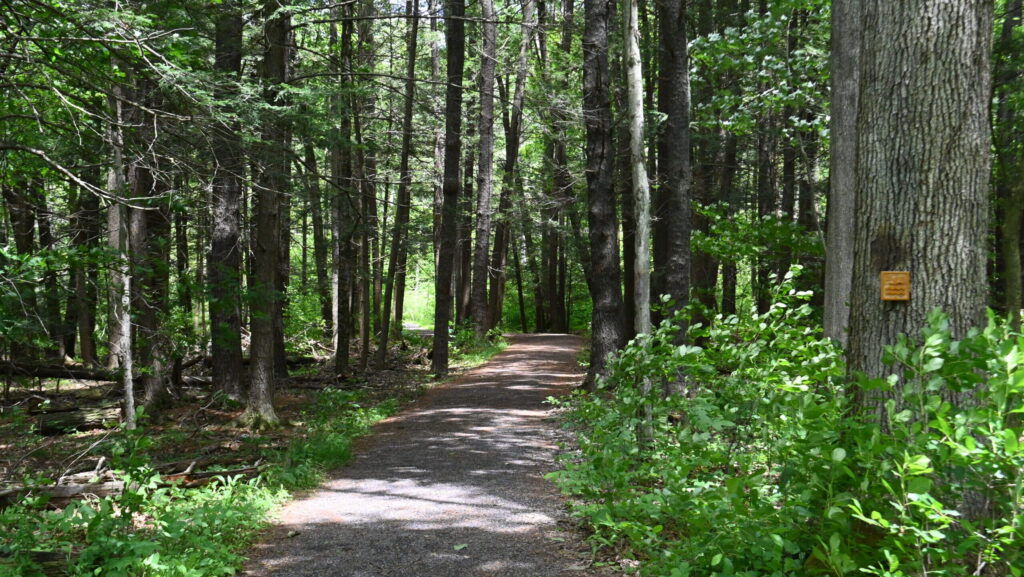
Very good use of photos and diagrams to support your key points.
Nice work, my new fav bird!
Thank you Fletcher for the feedback! I’m happy I could open your eyes to such an amaing bird!
I was definitely one of those people who would say “oh, it’s just a towhee”, but now I feel as though I have a greater appreciation for them.
I enjoyed the fun fact about the losing Towhee waving the white flag! I’ll try to see if I can observe this on one of my next birding sessions.
The microbiome research was also very interesting, do you think that other birds that are related, such as sparrows, might also experience the same correlation in microbiome and feather quality?
Great job!
Drew
Thank you for reding the blog Drew!
I do think that the microbiome study extends to all birds, as this specific study used Spotted Towhees as “model birds” but other studies have used other birds as well.